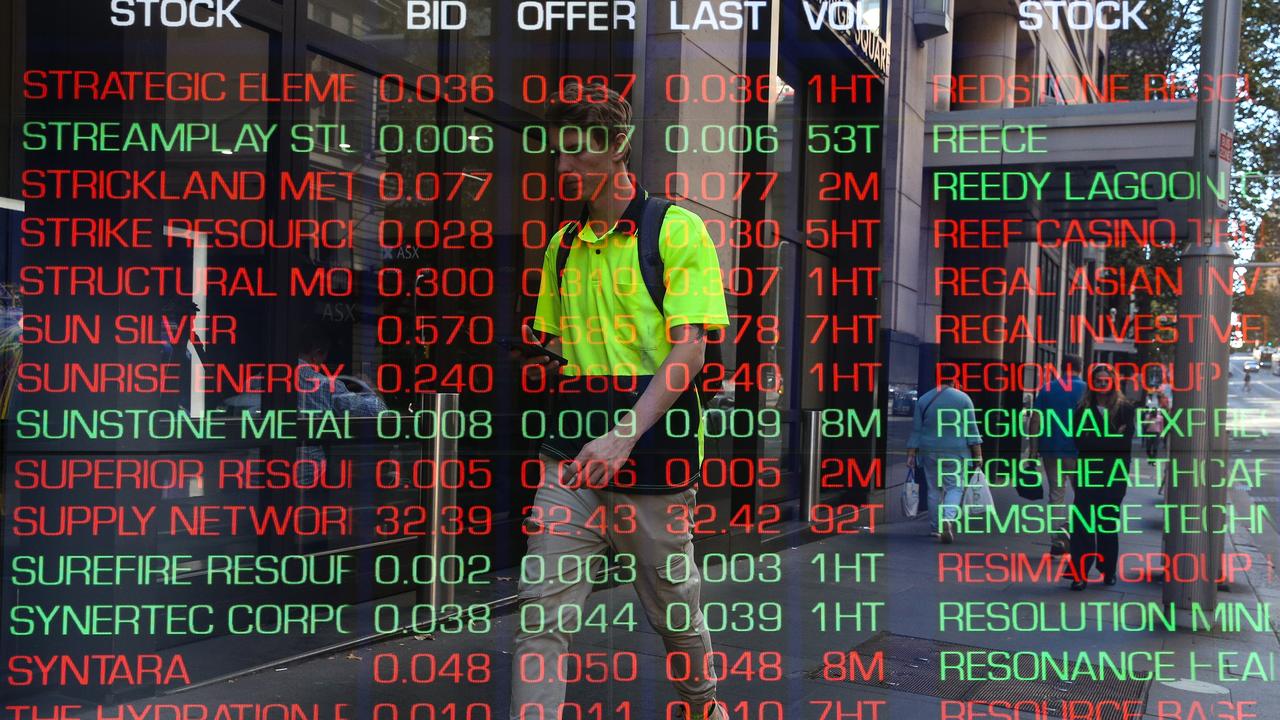Investors must research
MARKET volatility means investors have to do more to research their stocks than just throw darts at the index.
Investors must research
MARKET volatility means investors have to do more to research their stocks than just throw darts at the index.
Rodney Weston, general manager of independent investor services provider Bourse Data, says do-it-yourself (DIY) investors lose discipline when the share market is performing strongly.
"During the last three years investors and traders have not needed information to make money," he said.
"When all boats are rising it is easy to cast information aside and to think that you are doing something special, when in fact it is market-driven rather than skill driven", he said.
However, he said recent market volatility, which is forecast by many experts to continue, is part of an inevitable cycle which always catches up with 'dartboard' type investors.
The ASX200 index tumbled from its then intraday record high of 6436.7 on July 13, to as low as 5483.3 in intraday trade on August 16.
The market has since rallied to record highs reaching above the 6550 level.
"There are various triggers for these corrections, such as current global credit worries, but the end result is always the same," Mr Weston said.
"History shows that after a huge jump in momentum the market reverts to about average growth levels.
"Likewise an overpriced stock will always revert to its true value."
Mr Weston said that the investors with most to lose are those buying into the market late, especially if they are buying overpriced stocks and have leveraged their portfolio.
He said the only way to avoid making obvious and costly mistakes was through information, discipline and advice.
"If you are unsure or lack investment experience then seek independent advice.
"But for the growing number of investors who wish to do it themselves, information and discipline should be non-negotiable."
He said when current market volatility subsides, good buying opportunities would surface.
Mr Weston said investors should judge a company's profitability by its return of equity (ROE), which was calculated by dividing the net profit before abnormals by total equity.
"If ROE is bad then investors need go no further because it means the company is not profitable," he said.
Mr Weston said investors should look for an ROE of at least 15 per cent as a benchmark to divide relatively profitable companies from unprofitable ones.
An ROE of 8 per cent or less means the company is struggling to deliver a sufficient return to shareholders.
"It is possible for share prices to rise even with dismal ROE, but this is generally a sign of unhealthy speculation and will be corrected with some pain to investors," he said.
After using the ROE to establish a company's earnings performance, investors could look at other helpful guides such as the price to earnings ratio (P/E), Mr Weston said.
It is calculated by the number of years that current earnings will take to pay back the purchase price of the stock.
He said good value was generally a P/E of less than 15, though there were cases where a strong ROE could justify a higher P/E.
Company history was also important, and investors should aim to dig up at least five years' worth, Mr Weston said.
"One or two years of company history is not enough to establish a pattern of performance, unless it is a newly listed company," he said.
Mr Weston said inexperienced investors were better off aiming for established companies with a long track record.
"Find out how long the company has maintained a good ROE. If it is consistently strong and increasing every year, then net profits should also increase at a faster rate," he said.
"Inconsistent, patchy performance is a warning sign."
Mr Weston said another warning sign could be directors' shareholdings reports.
"If the directors are selling, then there is probably a good reason to stay away," he said.



